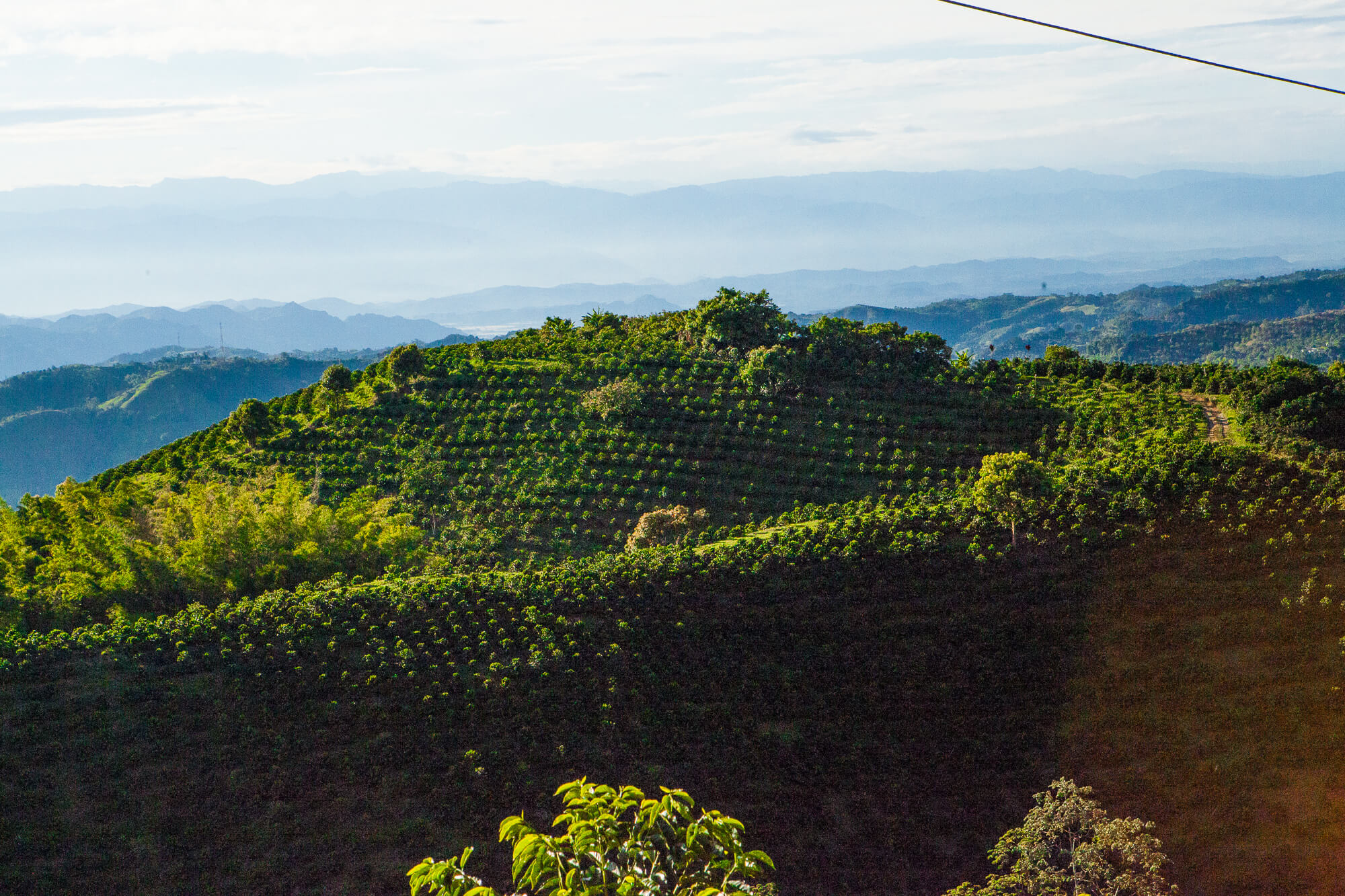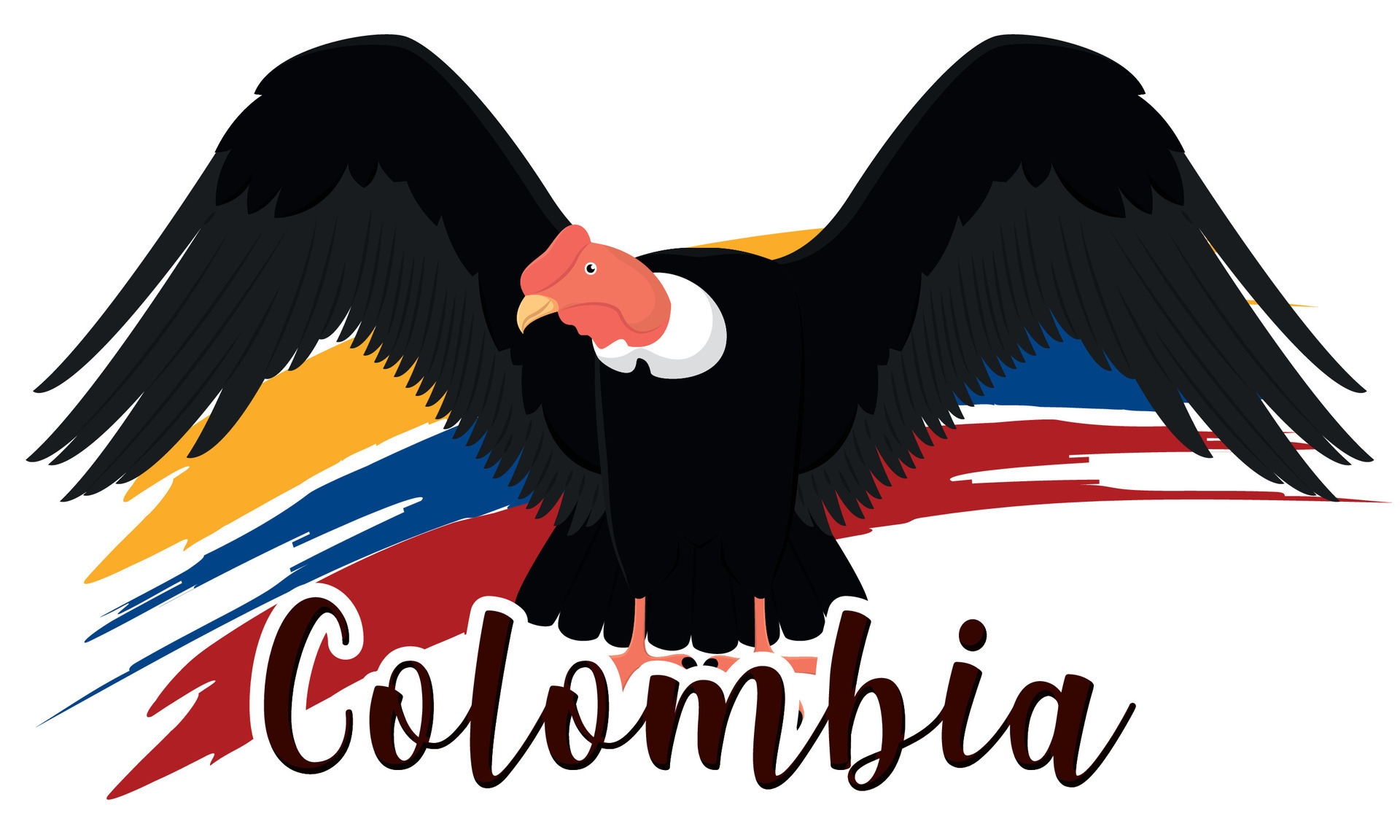The Colombian condor, a magnificent bird of prey, is one of the most awe-inspiring creatures found in the Andes Mountains. Known for its immense wingspan and striking appearance, this majestic bird plays a crucial role in its ecosystem. Often regarded as a symbol of strength and endurance, the Colombian condor has captured the fascination of wildlife enthusiasts, researchers, and conservationists alike. This article delves into the life, habitat, and cultural significance of the Colombian condor, offering insights into its unique characteristics and the challenges it faces in the modern world.
As a bird that has been revered for centuries by indigenous cultures in South America, the Colombian condor is more than just a bird; it is a living legend. Its presence in the wild is a testament to the health of its environment, as it serves as a scavenger that helps maintain the balance of the ecosystem. Understanding this bird is not only crucial for its preservation but also for the preservation of the biodiversity it supports.
In this article, we will explore the Colombian condor's biology, habitat, and behavior, as well as its cultural significance and conservation status. By the end of this comprehensive guide, you will have a deeper appreciation for this magnificent bird and the efforts being made to protect it for future generations.
Read also:Is Wallace Chung Married Everything You Need To Know About His Personal Life
Table of Contents
- Biography of the Colombian Condor
- Physical Characteristics
- Habitat and Distribution
- Diet and Feeding Habits
- Behavior and Social Structure
- Cultural Significance
- Conservation Status
- Threats and Challenges
- Conservation Efforts
- Conclusion and Call to Action
Biography of the Colombian Condor
The Colombian condor, scientifically known as Vultur gryphus, is a large bird of prey that belongs to the family Cathartidae. It is closely related to the Andean condor, which is often considered the same species. However, the Colombian condor is specifically native to the Andes Mountains of Colombia and surrounding regions.
Below is a table summarizing the key data and biodata of the Colombian condor:
| Attribute | Details |
|---|---|
| Scientific Name | Vultur gryphus |
| Common Name | Colombian Condor |
| Family | Cathartidae |
| Wingspan | Up to 10.5 feet (3.2 meters) |
| Weight | 24-33 pounds (11-15 kilograms) |
| Lifespan | 50+ years in the wild |
| Habitat | Andes Mountains, high-altitude regions |
| Conservation Status | Near Threatened (IUCN Red List) |
Physical Characteristics
The Colombian condor is renowned for its impressive physical attributes, which make it one of the largest flying birds in the world. Its most notable feature is its massive wingspan, which can reach up to 10.5 feet (3.2 meters). This allows the bird to soar effortlessly for hours without flapping its wings, conserving energy while searching for food.
Other physical characteristics include:
- Plumage: The condor has predominantly black feathers with a distinctive white collar around its neck. Its head and neck are featherless, which helps maintain hygiene while feeding on carrion.
- Beak: The condor's beak is strong and hooked, designed for tearing flesh from carcasses.
- Claws: Its sharp talons are adapted for gripping and holding onto food.
Adaptations for Survival
The Colombian condor has evolved several adaptations that enable it to thrive in its harsh mountainous environment. For instance, its featherless head prevents bacteria from accumulating during feeding, while its keen eyesight allows it to spot carcasses from great distances.
Habitat and Distribution
The Colombian condor is primarily found in the high-altitude regions of the Andes Mountains, particularly in Colombia, Ecuador, Peru, and Bolivia. It prefers open grasslands, rocky areas, and alpine regions where it can easily locate food and take flight.
Read also:Who Is Lauren Comptons Boyfriend Unveiling The Details Of Her Relationship
Key aspects of its habitat include:
- Elevation: The condor typically resides at elevations between 3,000 and 5,000 meters above sea level.
- Climate: It thrives in cold, windy environments with low oxygen levels.
- Proximity to Food Sources: The condor often nests near areas with abundant wildlife, ensuring a steady supply of carrion.
Migration Patterns
While the Colombian condor is not a migratory bird, it may travel long distances in search of food. Its ability to glide for extended periods allows it to cover vast areas efficiently.
Diet and Feeding Habits
As a scavenger, the Colombian condor primarily feeds on carrion, or the remains of dead animals. This diet plays a vital role in maintaining the health of its ecosystem by removing decaying matter that could spread disease.
Its feeding habits include:
- Preferred Prey: The condor often feeds on large mammals such as deer, llamas, and cattle.
- Feeding Behavior: It uses its keen sense of smell and vision to locate carcasses, often sharing meals with other scavengers like vultures.
- Role in the Ecosystem: By consuming carrion, the condor helps prevent the spread of pathogens and supports nutrient cycling.
Behavior and Social Structure
The Colombian condor is a solitary bird, often seen alone or in pairs. However, it may gather in groups at feeding sites, especially when food is scarce. Its behavior is characterized by:
- Mating Rituals: During the breeding season, males perform elaborate displays to attract females, including wing-spreading and vocalizations.
- Nesting Habits: The condor builds nests on cliffs or rocky ledges, providing a safe environment for its young.
- Parental Care: Both parents share responsibilities in raising their offspring, which remain dependent for up to a year.
Communication
Although the Colombian condor is not known for vocal communication, it uses body language and visual displays to interact with others of its kind. Its silent nature is an adaptation to its role as a scavenger, minimizing the risk of attracting predators.
Cultural Significance
The Colombian condor holds a special place in the folklore and traditions of indigenous cultures in South America. It is often depicted as a symbol of power, freedom, and spirituality. For example:
- Inca Mythology: The condor was considered a sacred bird, representing the upper world and serving as a messenger between humans and the gods.
- Modern Symbolism: Today, the condor is featured on the national emblems of several South American countries, including Colombia and Ecuador.
Art and Literature
The condor's majestic presence has inspired countless works of art, literature, and music. Its image is often used to convey themes of resilience and perseverance.
Conservation Status
According to the IUCN Red List, the Colombian condor is classified as "Near Threatened." While it is not currently at risk of extinction, its population is declining due to habitat loss, poisoning, and human-wildlife conflict.
Key factors contributing to its conservation status include:
- Habitat Fragmentation: Urbanization and agriculture have reduced the condor's natural habitat.
- Poisoning: The use of toxic chemicals in livestock farming has led to accidental poisoning of condors.
- Hunting: Despite legal protections, some condors are still hunted for their feathers or perceived threats to livestock.
Threats and Challenges
The Colombian condor faces numerous threats that jeopardize its survival. These include:
- Climate Change: Rising temperatures and changing weather patterns affect the availability of food and nesting sites.
- Human Activities: Mining, logging, and infrastructure development disrupt the condor's habitat.
- Illegal Wildlife Trade: The condor's feathers and body parts are sometimes sold on the black market.
Impact on Ecosystems
The decline of the Colombian condor has far-reaching consequences for its ecosystem. As a keystone species, its absence could lead to an increase in disease and a disruption of nutrient cycles.
Conservation Efforts
Efforts to protect the Colombian condor are underway, with governments, NGOs, and local communities working together to ensure its survival. Key initiatives include:
- Protected Areas: Establishing national parks and reserves to safeguard the condor's habitat.
- Education and Awareness: Raising public awareness about the condor's importance and the threats it faces.
- Captive Breeding Programs: Breeding condors in captivity and releasing them into the wild to boost population numbers.
Success Stories
Several conservation programs have achieved notable success in stabilizing condor populations. For example, the reintroduction of captive-bred condors in certain regions has helped restore their numbers.
Conclusion and Call to Action
The Colombian condor is a remarkable bird that embodies the spirit of the Andes Mountains. Its role in maintaining ecological balance and its cultural significance make it a species worth protecting. However, the challenges it faces require urgent action from all stakeholders.
We encourage you to support conservation efforts by donating to reputable organizations, spreading awareness about the condor's plight, and advocating for policies that protect its habitat. Together, we can ensure that this majestic bird continues to soar for generations to come.

